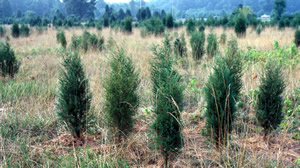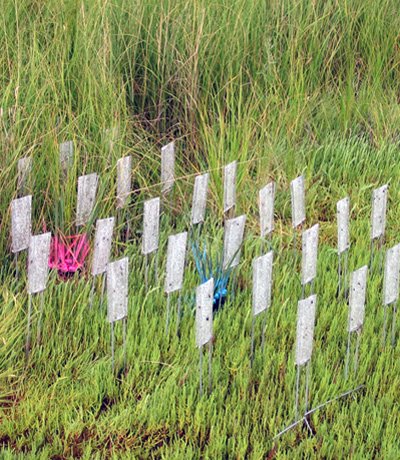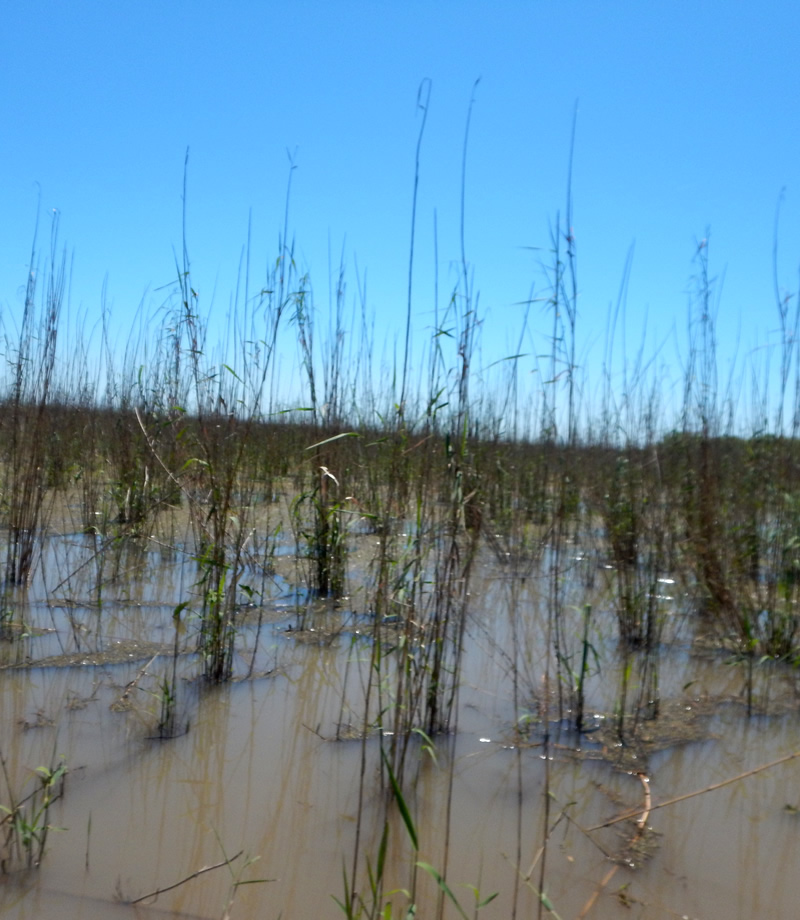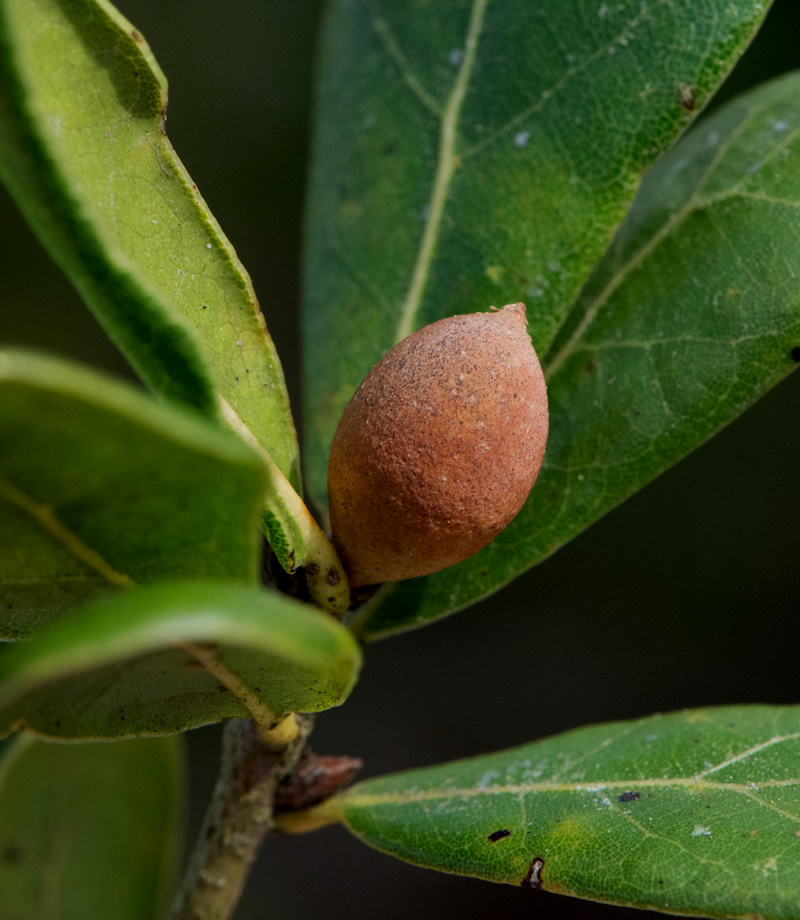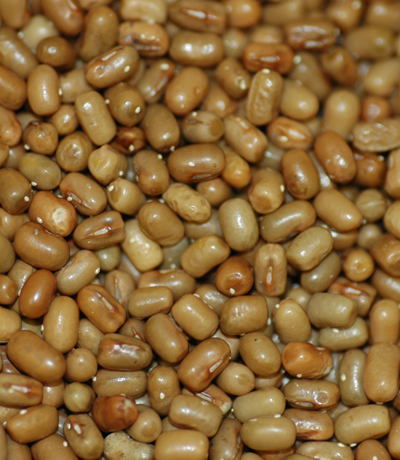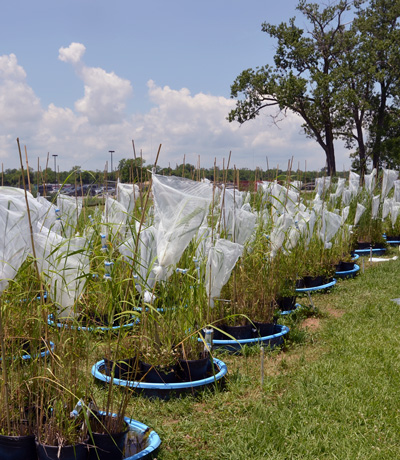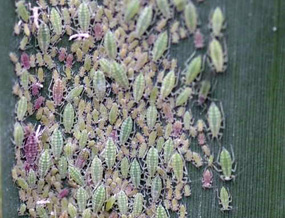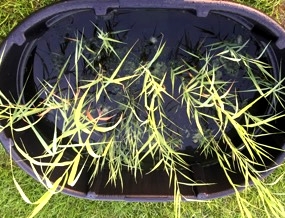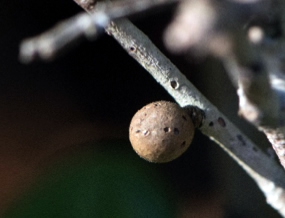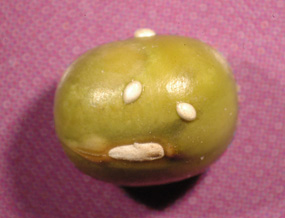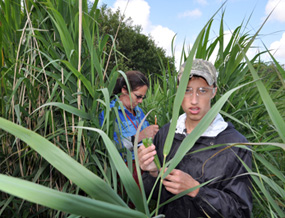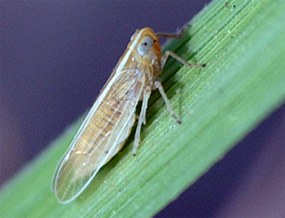RESEARCH
Although I have interests in all areas of ecology and evolution, research in my lab primarily centers on the interactions between plants, herbivores and their natural enemies in spatially heterogeneous landscapes. In particular, I am interested in how habitat fragmentation and features of the landscape influence the movement behavior, spatial distributions, and temporal dynamics of herbivore and natural enemy populations. My research in this area has led to important insights regarding predator foraging theory, the stability and persistence of predator-prey interactions, and the development of effective corridors for threatened and endangered species.
Current Research Projects
Density-Dependent Emigration and Predator-Prey Population Dynamics
This collaborative NSF-funded project was initiated in 2014 and through several grant renewals, continues, at least, through 2026. The research involves mathematicians at the University of North Carolina at Greensboro and Auburn University at Montgomery and explores the effects of habitat fragmentation, conditional dispersal, predation, and interspecific competition on herbivore population dynamics from the patch level to the landscape level. Read more
Roseau cane (Phragmites australis) Dieback in the Mississippi River Delta
This is a multi-departmental collaboration among scientists at LSU and Southern University that focuses on the widespread die-offs of Roseau cane (Phragmites australis) in the Mississippi River Delta. Our team is exploring the effects of multiple stressors (e.g., invasive scale insects, soil toxins, plant pathogens and climate change variables) on the health and restoration of this plant species. This research has been funded by multiple grants from the USDA-APHIS. Read more
Fire History and Oak-Arthropod Community Structure
Along with my old friend and former postdoc advisor, Warren Abrahamson, we have been studying the effects of time-since-fire on cynipid gall wasp community structure. More recently, Ph.D. student Andrew Mikolinski has taken the lead on this project and expanded the work to include all arthropods associated with scrub oaks. This work is being conducted at Archbold Biological Station in central Florida. Read more
Development Time and Predator-Prey Population Dynamics
Understanding the mechanisms promoting stability of predator-prey/parasitoid-host interactions has been a fertile and critically important area of theoretical and empirical research for the past century. Age (stage) structure, differential vulnerability of prey life stages, and variability in development times of life stages are ubiquitous features of predator-prey systems. Read more
Evolution and Ecology of Invasive Plant Species
It doesn't take long working in tall-grass prairies or coastal marsh habitats to realize the extent to which invasive plant species have altered the structure and function of these ecosystems. Over the past 20 years, my interests in invasive plant species has grown and I have been involved in several research projects associated with two invasive-plant systems. Read more
Host-Parasitoid Spatial Ecology
One of my long-standing research interests has focused on the role of habitat fragmentation and landscape heterogeneity on predator-prey spatial and temporal population dynamics. Much of this research was conducted in the tallgrass prairies of North Dakota and focused on the interaction between the planthopper Prokelisia crocea and its egg parasitoid Anagrus columbi that coexist among discrete patches of prairie cordgrass. Read more
Past Research Projects
